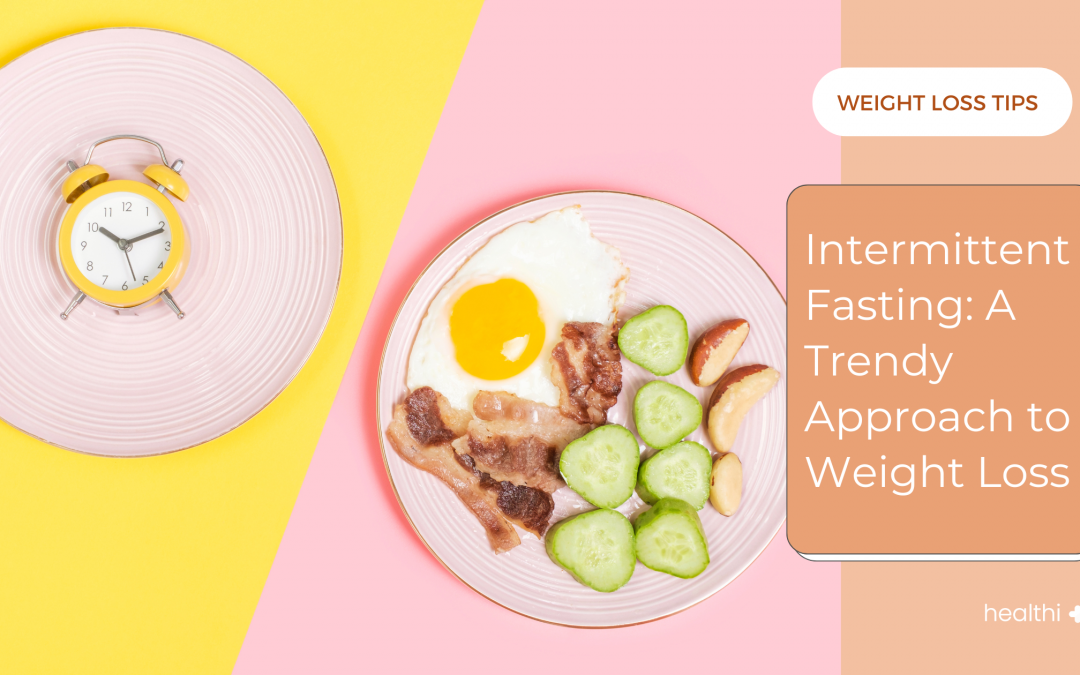The Importance of Balancing Work and Exercise for a Healthy Lifestyle
In today’s fast-paced world, finding a balance between work and exercise can be a challenge for many women. However, making time for physical activity is essential for maintaining a healthy lifestyle. Exercise not only improves physical health but also helps to reduce stress, improve mood, and increase energy levels. In this article, we’ll explore the importance of balancing work and exercise for women of all ages and stages of life.
For working women, finding time to exercise can be especially challenging. However, incorporating physical activity into your daily routine can help to improve productivity, reduce stress, and promote overall health and well-being. Older women may also face unique challenges when it comes to exercise, such as joint pain or mobility issues. However, there are many low-impact exercises that can be done to improve strength, flexibility, and balance. New mothers may also struggle to find time for exercise, but even short bursts of physical activity can help to improve mood and energy levels.
Regardless of age or life stage, making time for exercise is essential for maintaining a healthy lifestyle. Finding an exercise routine that works for you and fits into your schedule is key to making physical activity a sustainable part of your life.
Overview:
- The importance of exercise
- How to balance work and exercise
- The importance of balancing work and exercise
- Tips and strategies for staying consistent
- Precautions
- Conclusion
The importance of exercise
Exercise is an essential component of a healthy lifestyle, providing numerous physical and mental health benefits. Here are some of the key reasons why exercise is so important:
- Improves cardiovascular health: Regular exercise helps to strengthen the heart and lungs, improving cardiovascular health and reducing the risk of heart disease and stroke.
- Promotes weight loss: Exercise is an effective way to burn calories and maintain a healthy weight. It also helps to build muscle mass, which can further boost metabolism and support long-term weight loss.
- Boosts mood and reduces stress: Exercise releases endorphins, which can help to reduce stress and improve mood. It can also help to alleviate symptoms of depression and anxiety.
- Improves sleep quality: Regular exercise can help to improve the quality and duration of sleep, which is essential for overall health and well-being.
- Increases energy levels: Exercise helps to improve blood flow and oxygen delivery to the muscles, which can boost energy levels and reduce fatigue.
- Reduces the risk of chronic disease: Regular exercise can help to reduce the risk of chronic diseases such as type 2 diabetes, osteoporosis, and certain types of cancer.
- Improves cognitive function: Exercise has been shown to improve cognitive function and reduce the risk of age-related cognitive decline.
How to balance work and exercise
Balancing work and exercise can be challenging, but with a little planning and commitment, it is possible to make physical activity a sustainable part of your routine. Here are some tips for finding the right balance:
- Schedule exercise into your day: Just as you schedule work meetings and appointments, schedule time for exercise. This could mean waking up earlier to go for a run, hitting the gym during lunch break, or going for a walk after dinner.
- Be flexible: If you have a particularly busy day, be willing to adjust your exercise routine. Maybe you can only fit in a 10-minute workout instead of your usual 30 minutes, or you need to switch your workout to a different time of day.
- Make it a priority: Treat exercise as an important part of your overall health and well-being. Prioritize it just as you would any other aspect of your life.
- Find an exercise routine you enjoy: If you don’t enjoy the exercise you’re doing, you’re less likely to stick with it long-term. Try out different types of exercise until you find something you genuinely enjoy.
- Incorporate exercise into your workday: Look for opportunities to be active during the workday, such as taking walking meetings or doing stretches at your desk.
- Get support: Enlist the help of a workout buddy or join a fitness class. Having someone to hold you accountable and provide motivation can be incredibly helpful. The Healthi app has a bustling community of like-minded individuals that are on varying legs of the same journey. By connecting with them, you can find your own support system that can empathize with you, while also exchanging tips and tricks to stay on track.
- Be kind to yourself: Remember that it’s okay to miss a workout or have a busy week where exercise falls by the wayside. Be kind to yourself and commit to getting back on track as soon as possible.
The importance of balancing work and exercise
Maintaining a healthy work-life balance is essential for overall well-being, and one of the key components of this balance is exercise. Many women struggle to find the time to incorporate physical activity into their busy work schedules. Failing to do so can have negative consequences on both physical and mental health.
Regular exercise not only helps to improve physical health, but it can also boost mood, reduce stress, and increase energy levels. All of these factors can have a positive impact on job performance and overall quality of life. On the other hand, spending long hours sitting at a desk or in front of a computer can increase the risk of health issues such as obesity, heart disease, and chronic pain.
Finding the right balance between work and exercise may require some trial and error, but it is essential for long-term health and well-being. By scheduling exercise into your day, making it a priority, and finding activities you enjoy, you can create a sustainable exercise routine that fits into your work schedule.
Ultimately, taking care of yourself through regular physical activity is not only good for your personal health but can also have a positive impact on your career and overall quality of life. It is essential to prioritize self-care. Make exercise a non-negotiable part of your daily routine to maintain a healthy work-life balance and achieve optimal health and well-being.
Tips and strategies for staying consistent
Staying consistent with exercise can be a challenge, but it is essential for achieving optimal health and fitness. Here are some tips and strategies to help you stay on track:
- Set realistic goals: Be specific about what you want to achieve and set realistic goals that are achievable within a reasonable time frame. Celebrate your progress along the way, and don’t be too hard on yourself if you experience setbacks.
- Make it a habit: Incorporate exercise into your daily routine until it becomes a habit. Start small, such as committing to 10 minutes of exercise each day, and gradually increase the duration and intensity of your workouts.
- Find a workout buddy: Having a friend or family member to exercise with can provide motivation and accountability. Schedule regular workout sessions together to stay on track.
- Mix it up: Varying your workouts can help prevent boredom and keep you motivated. Try new activities or switch up your routine to challenge your body in new ways.
- Track your progress: Keep a record of your workouts, including the type of exercise, duration, and intensity. Seeing progress over time can be a powerful motivator.
- Reward yourself: Set up a system of rewards for meeting your exercise goals, such as treating yourself to a massage or buying a new workout outfit.
- Be flexible: Life happens, and sometimes you may miss a workout due to work or family commitments. Don’t let this discourage you. Be flexible and make adjustments to your routine as needed.
Precautions
While exercise is essential for overall health and well-being, it is important to take precautions to avoid injury and ensure that you are engaging in physical activity safely. Here are some precautions to keep in mind:
- Before starting a new exercise routine, it is important to consult with your healthcare provider, especially if you have any underlying health conditions.
- Always warm up before exercising and cool down afterwards to help prevent injury.
- Using proper form during exercise can help prevent injury and improve the effectiveness of your workout. If you are unsure about proper form, consider working with a personal trainer.
- Drink plenty of water before, during, and after exercise to stay hydrated.
- Wear comfortable, breathable clothing and appropriate footwear for your chosen activity.
- Pay attention to how your body feels during exercise and adjust the intensity or duration as needed. Stop exercising if you experience pain, dizziness, or shortness of breath.
- Rest days are essential for allowing your body to recover and prevent burnout. Incorporate rest days into your exercise routine to prevent injury and maintain motivation.
Conclusion
In conclusion, finding a balance between work and exercise is essential for maintaining a healthy lifestyle for women of all ages and stages of life. Exercise not only improves physical health but also helps to reduce stress, improve mood, and increase energy levels. Whether you’re a working woman, a new mother, or a woman of any age, there are many ways to incorporate physical activity into your daily routine. By making exercise a priority, you can improve your overall health and well-being, now and for years to come.




















